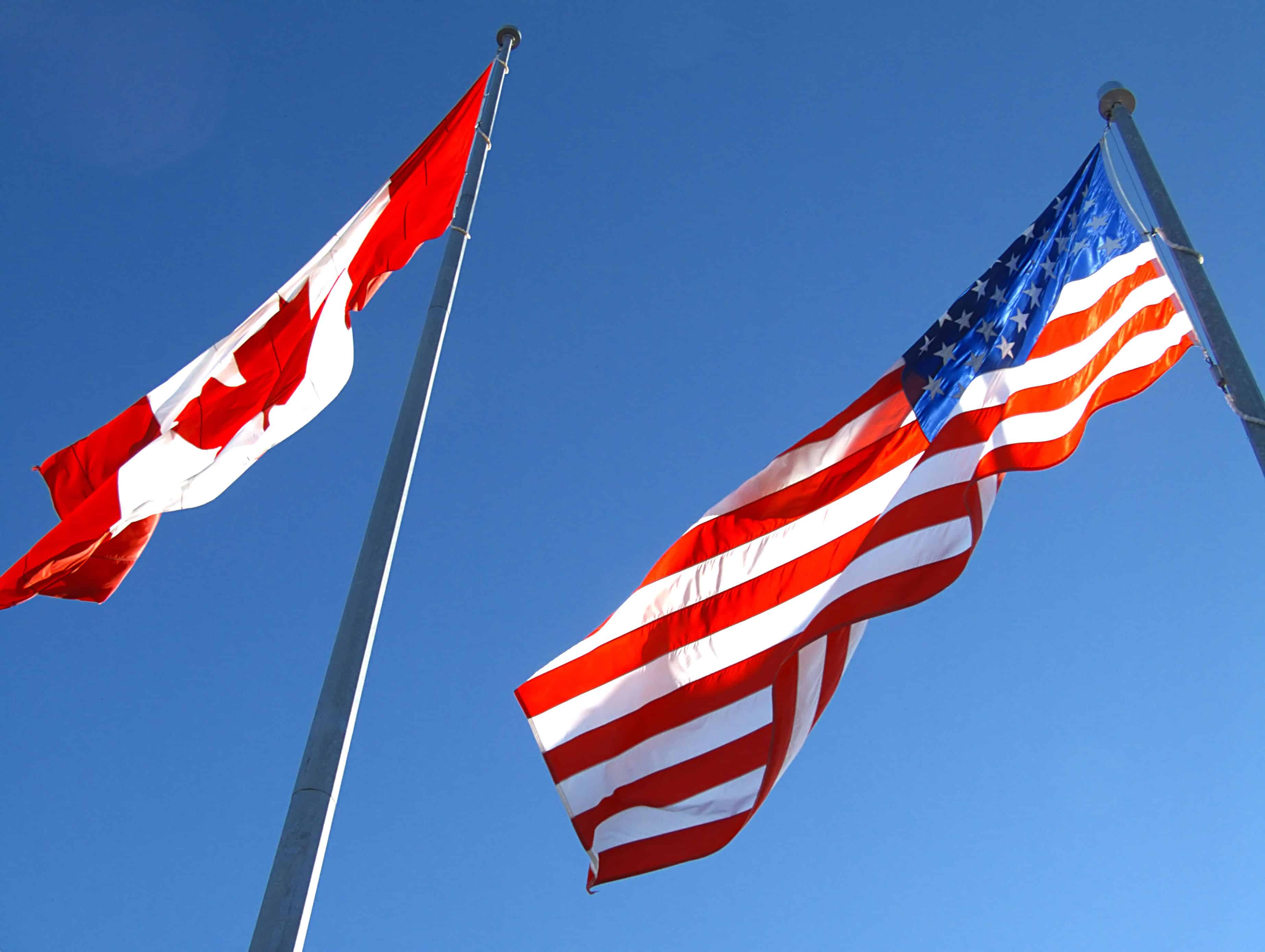Are you located in Canada? And do you ever write cheques on a Canadian bank account and mail them to a supplier in the United States?
A couple of months ago, I was at a client doing the bank reconciliation when I noticed a charge on the account—a “cross-border cheque fee”. Now that’s something I’d never seen before, and it was quite fascinating because it was on a US dollar account.
Many Canadian companies (small and large) who purchase goods and services from the United States often have a US dollar bank account because it has simplified doing business with our Neighbours to the South, but this fee was something I’d never seen before—and it was, to my mind, and exorbitant amount—$40.00 for each cheque written that month.
Something new…and costly
After checking with both the CIBC (my client’s bank) and TD Canada Trust (my bank) I discovered that this was a new fee imposed by banks in the United States on any cheques issued by banks outside the US and that the Canadian banks were just passing along this charge their customers (although I suspect, with some markup added, since the CIBC was willing to reduce the per cheque fee if one bought a “package” of transactions—otherwise it’s $40.00 each and every time you write a cheque to a supplier in the US). This applies to cheques written on US-dollar or Canadian-dollar accounts.
Finding out the amount of the fee isn’t easy—I had to search carefully through the various banks’ fee schedules to locate the charge—so if you have a US-dollar bank account, I’d double-check with your bank what surprising fees you may encounter!
Nobody at either bank could explain why this fee was being levied all of a sudden.
I haven’t heard anything yet about Canadian banks charging a whopping premium to process incoming cheques from the United States or anywhere else on the planet (but I’d watch my mail from your bank if I were you. Our banks are no slouches when it comes to figuring out ways and means of maximizing service fee revenues!)
Any road, that’s a significant chunk of change right off your bottom line.
So what you do?
Here’s a couple of options (and you may not even need your US-dollar account any more if all it was being used for was to send payments out of the country—which will save you a few more bucks in bank charges!):
1) Pay with a credit card instead
(assuming that your supplier accepts them) On the plus side, you don’t have to have a second bank account and there is no cross-border cheque fee. On the other hand:
- the exchange rate is calculated on the day the transaction clears, and with some purchases, that could be a significant amount and affect your overall margins on the transaction).
- some companies in the United States surcharge credit card purchases (something not allowed on this side of the border) so you may not save that much money.
- You may not wish to use a credit card.
2) Use Paypal if it’s available
You don’t have to have a PayPal account, but your supplier must have one, and that may not be the case, especially with larger companies that view Paypal as “just for individuals”. But on the other hand, you may be able to convince them to open one, since the service fees are much lower on PayPal then they are for most bank credit cards (but, if you’re they’re only Canadian customer, I wouldn’t really hold my breath).
3) Wire Transfer
Wire transfers are fast, and the money usually arrives in the supplier’s account within 24 – 48 hours of being sent. The fee for a branch-prepared transfer range from $30-$45 for each transaction, so you really don’t save that much money with this route. On the other hand:
- if you do transfer money often, and your bank has software that you can install on your PC to generate the wire transfer (most of the banks do, but some don’t), the rates can drop significantly. (If you have a partner and require two signatures on cheques, you may not be able to use this option—check with your bank). This will also save you some time since you don’t have to shlep over to the bank to sign anything (although, you could do everything by fax—banks are still big on seeing actual signatures on some piece of paper before they withdraw money from your account).
- your foreign-exchange costs are calculated on the date of the transfer is sent, if sent from a Canadian dollar account instead of US-dollar one and so you know your costs up front.
Wire transfers have one other issue. You must have all the details (of the receiving bank and bank account) correct because once the money is released and sent, it’s gone and there’s little or no chance of getting it back. I had a client once, that received money via wire transfer in error—we didn’t know who sent it and why and the bank didn’t know either—it arrived through a “mis-addressed wire transfer”. I have to think that this is a rare occurrence, but it does happen from time to time.
4) Bank Draft/Money Order
Last but probably best, is the venerable bank draft or money order. After talking to front line staff (the tellers) at both CIBC and TD Canada Trust, this appears to be the most popular (and least expensive) option—one that they are recommending to customers who don’t want to pay that high fee. A bank draft costs between $7-$10 and can be prepared while you wait. The draft is drawn on a US subsidiary of the bank; it is not considered a foreign cheque by the receivers’ bank. No additional fee is charged. (Once in a blue moon, if the person receiving the money is using a small regional bank or credit union, there may be a problem with an “out of state” cheque, but I haven’t seen that in quite a while).
As with the wire transfer, you know your exchange costs (or gains, if we happen to be above par that day) on the day that the draft is prepared.
To save you time, some bank branches will allow you to send them a fax requesting that the money order or bank draft be prepared in advance and you can pick it up when you next visit the bank to do your regular banking.
If you buy goods or services from the US, I hope this help you save you a few dollars on your banking. If you’ve got any additional ideas, please don’t hesitate to add a comment below—I’d be glad to hear from you.
This post contains general information on accounting, bookkeeping or business and is provided for informational purposes only. It’s not advice. Do not act or rely on this information without engaging professional advice specific to you and your situation.
Photo Credit: Flags of the Worlds by P Widling from Free Images





